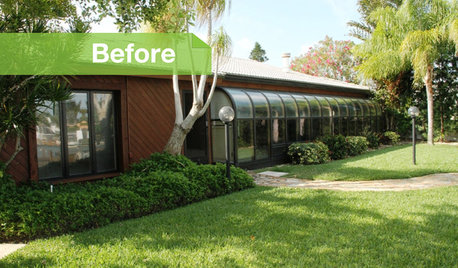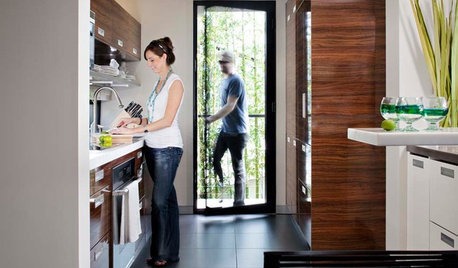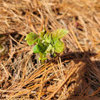How do you start your cool veggies in the heat?
sunnibel7 Md 7
12 years ago
Related Stories

HOUZZ TVHouzz TV: How to Make and Plant a Veggie Box
See how to start edibles from seed, then transfer the seedlings to a box on stilts to make harvesting more fun
Full Story
MOST POPULARHow to Start a Cool-Season Vegetable Garden
Late summer and late winter are good times to plan and plant cool-season crops like salad greens, spinach, beets, carrots and peas
Full Story
FARM YOUR YARD6 Things to Know Before You Start Growing Your Own Food
It takes time and practice, but growing edibles in the suburbs or city is possible with smart prep and patience
Full Story
GARDENING GUIDESSeeds or Seedlings? How to Get Your Garden Started
Growing delicious herbs and vegetables starts with knowing your goals and when you want to plant
Full Story
GARDENING GUIDESGet a Head Start on Planning Your Garden Even if It’s Snowing
Reviewing what you grew last year now will pay off when it’s time to head outside
Full Story
FARM YOUR YARDHow to Build a Raised Bed for Your Veggies and Plants
Whether you’re farming your parking strip or beautifying your backyard, a planting box you make yourself can come in mighty handy
Full Story
HOUSEPLANTSHow to Grow Orchids Indoors
Orchids are the exotic aristocrats of the flower world and can make themselves comfortable in almost any home
Full Story
REMODELING GUIDESFollow a Ranch House Renovation From Start to Finish
Renovation Diary, Part 1: Join us on a home project in Florida for lessons for your own remodel — starting with finding the right house
Full Story
GREEN BUILDINGHow to Start Finding a Greener House
On the hunt for a more ecofriendly house? Here are the questions to ask and research to do
Full Story
GARDENING FOR BUTTERFLIESA Quick-Start Guide to Bird-Watching for Fun and Learning
Set out some seed and grab your field guide. Bird-watching is an easy, entertaining and educational activity for the whole family
Full Story






wayne_5 zone 6a Central Indiana
Dan _Staley (5b Sunset 2B AHS 7)
Related Professionals
Saint Louis Park Landscape Architects & Landscape Designers · Wheeling Landscape Architects & Landscape Designers · Washington Landscape Architects & Landscape Designers · Brookside Landscape Contractors · Barrington Landscape Contractors · Chesapeake Ranch Estates Landscape Contractors · Huntley Landscape Contractors · Inglewood Landscape Contractors · Newnan Landscape Contractors · Old Saybrook Landscape Contractors · San Bruno Landscape Contractors · South Lyon Landscape Contractors · Vacaville Landscape Contractors · Los Gatos Driveway Installation & Maintenance · Winston-Salem Driveway Installation & Maintenanceglib
nygardener
wayne_5 zone 6a Central Indiana
Joe1980
nygardener
glib
nygardener
sunnibel7 Md 7Original Author
Donna
glib